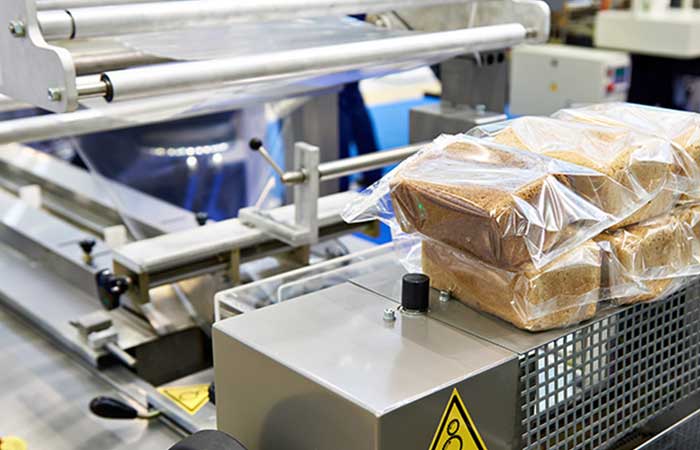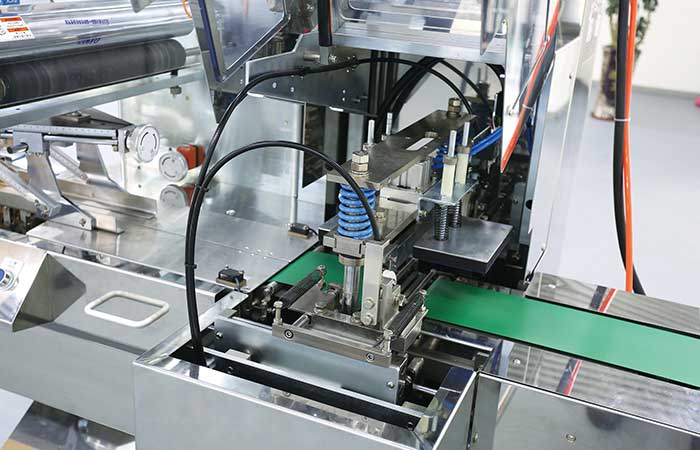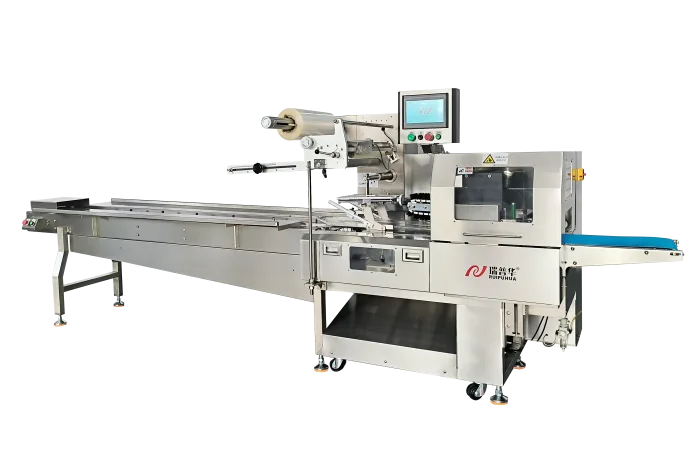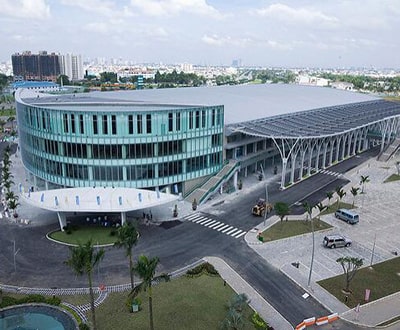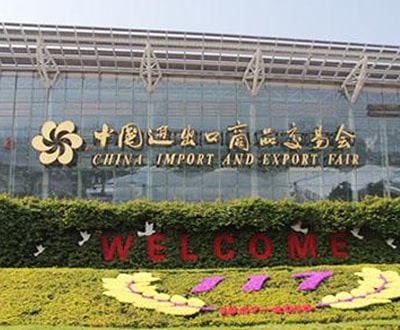Relevant Coding Systems in Flexible Packaging
The Importance of Coding Systems in Flexible Packaging
In the realm of flexible packaging, implementing proper coding systems is crucial for maintaining efficiency, traceability, and quality control. These systems serve as the backbone of the packaging industry, ensuring that products are accurately labeled, tracked, and authenticated throughout their lifecycle.
1. Laser Marking
Laser marking technology offers a versatile solution for coding on various types of flexible packaging materials. It provides high-quality, permanent marks that are resistant to fading, smudging, or rubbing off. Laser coding ensures readability and precision, making it ideal for batch numbers, expiration dates, and other essential product information.
2. Inkjet Printing
For on-demand printing and variable data applications, inkjet printing stands out as a popular choice in the flexible packaging industry. Inkjet systems can quickly adapt to different package sizes and materials, offering flexibility and speed in coding operations. With advancements in inkjet technology, high-resolution prints and vibrant colors are now achievable on flexible packaging surfaces.
3. Thermal Transfer Overprinting (TTO)
Thermal transfer overprinting is commonly used for coding barcodes, text, and graphics on flexible packaging films. TTO technology utilizes heat to transfer ink onto packaging substrates, creating durable and crisp prints. This coding method is known for its high-speed capabilities and superior print quality, making it suitable for high-volume production lines.
4. RFID Tags
Radio-frequency identification (RFID) tags offer a sophisticated coding solution for tracking and managing products in the flexible packaging sector. These tags contain electronic information that can be wirelessly scanned and read, enabling real-time data capture and supply chain visibility. RFID technology enhances inventory management, reduces errors, and improves overall operational efficiency.
5. QR Codes
QR codes have become increasingly popular in flexible packaging for their ability to store large amounts of data in a compact symbol. These two-dimensional codes can be scanned using smartphones or handheld devices, providing consumers with instant access to product details, promotions, or interactive content. QR codes offer a cost-effective and engaging way to enhance consumer engagement and brand recognition.
Implementing the right coding system is essential for ensuring compliance, product identification, and consumer safety in the flexible packaging industry. By leveraging advanced technologies like laser marking, inkjet printing, TTO, RFID tags, and QR codes, packaging manufacturers can streamline operations, improve traceability, and meet the evolving demands of the market.
Stay tuned for more insights on the latest trends and innovations shaping the world of flexible packaging!
-
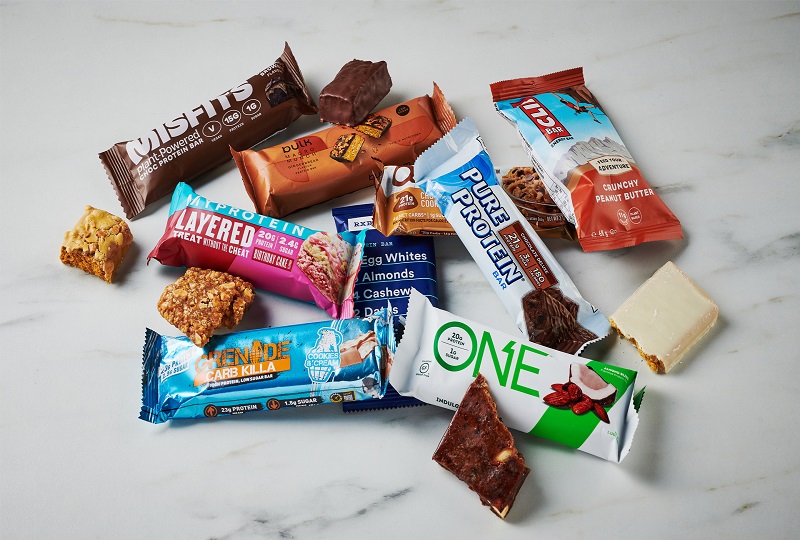 01
01Further Discussion About Protein Bar Packing Machinery
27-02-2024 -
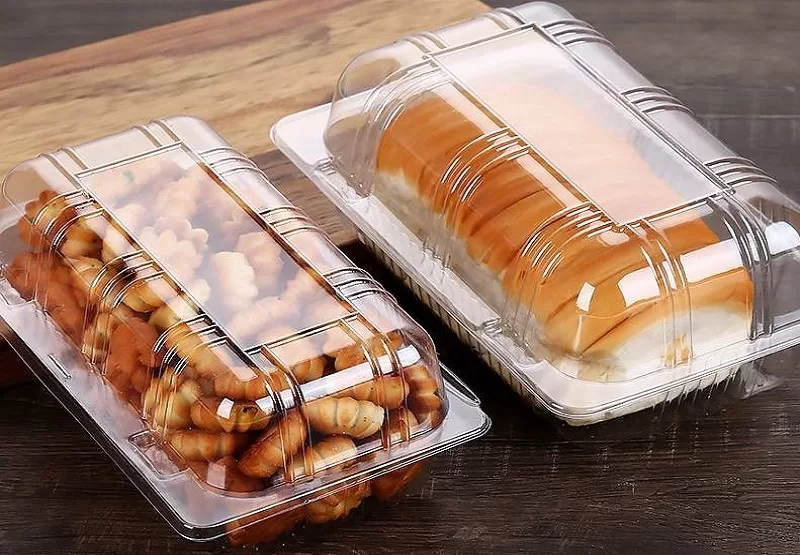 02
02Sustain The Best Crispy With Automatic Packaging Machines
29-01-2024 -
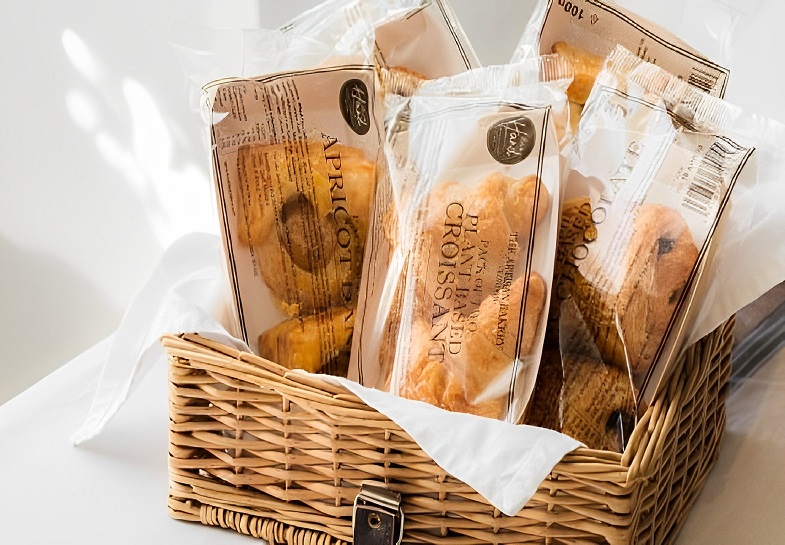 03
03Bread Packing Machine For Bakery Business
19-01-2024 -
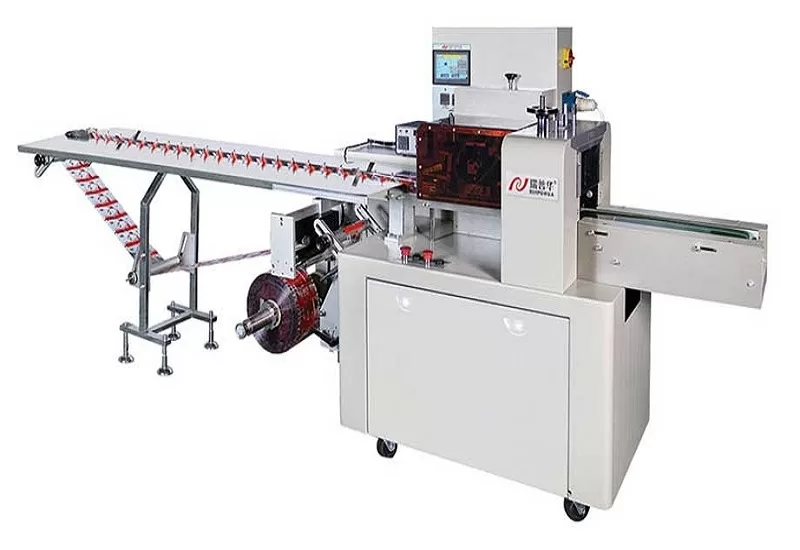 04
04How Flow Wrappers Are Adapting to Changing Trends
01-11-2023 -
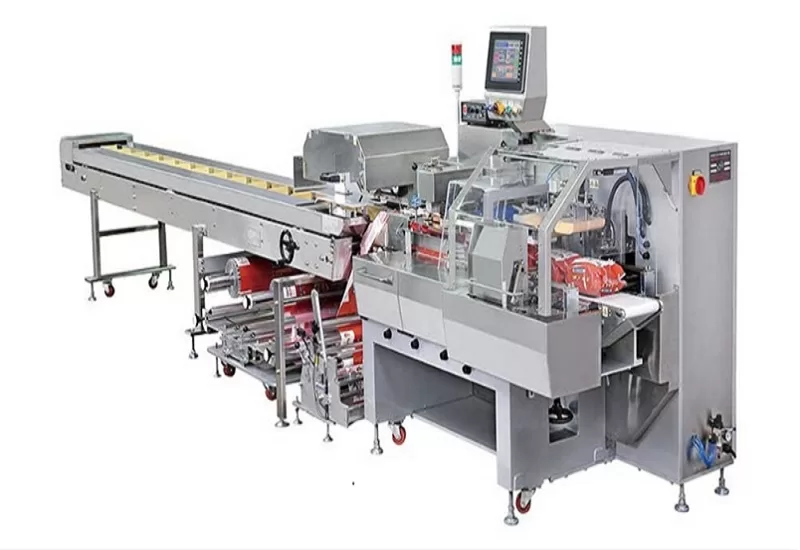 05
05The Comprehensive Guide to Packaging Machinery
31-10-2023 -
 06
06Automatic Cookie Packaging System Performance
01-09-2023 -
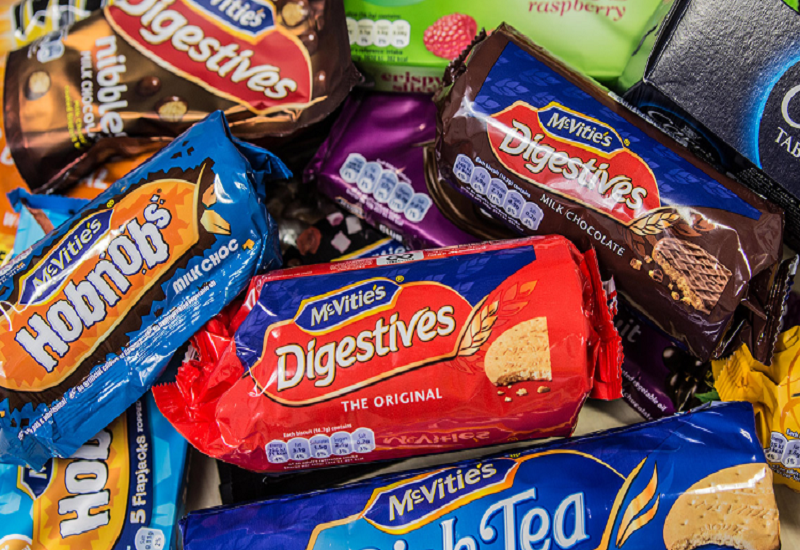 07
07Streamlining Biscuit Packaging with Multipack Biscuit Packaging Machines
25-08-2023 -
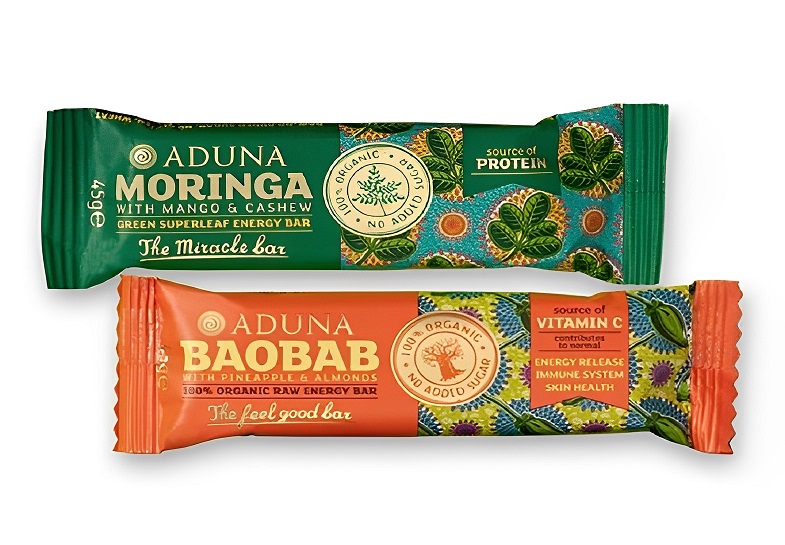 08
08From Assembly To Shipping: The Energy Bar Packaging Machine Does All
28-02-2023 -
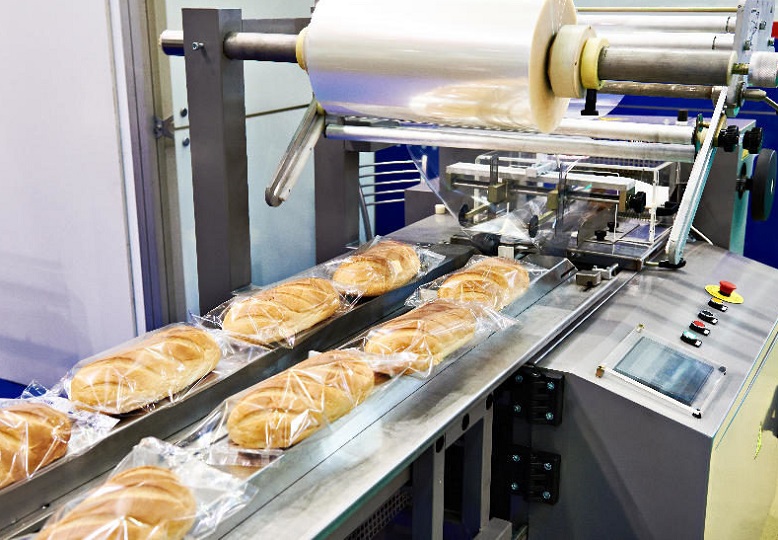 09
09Maximizing Efficiency With Food Packaging Machine Technology
22-02-2023 -
 10
10Clients Hunt For Professional And Functional Packaging Machine
10-11-2022



